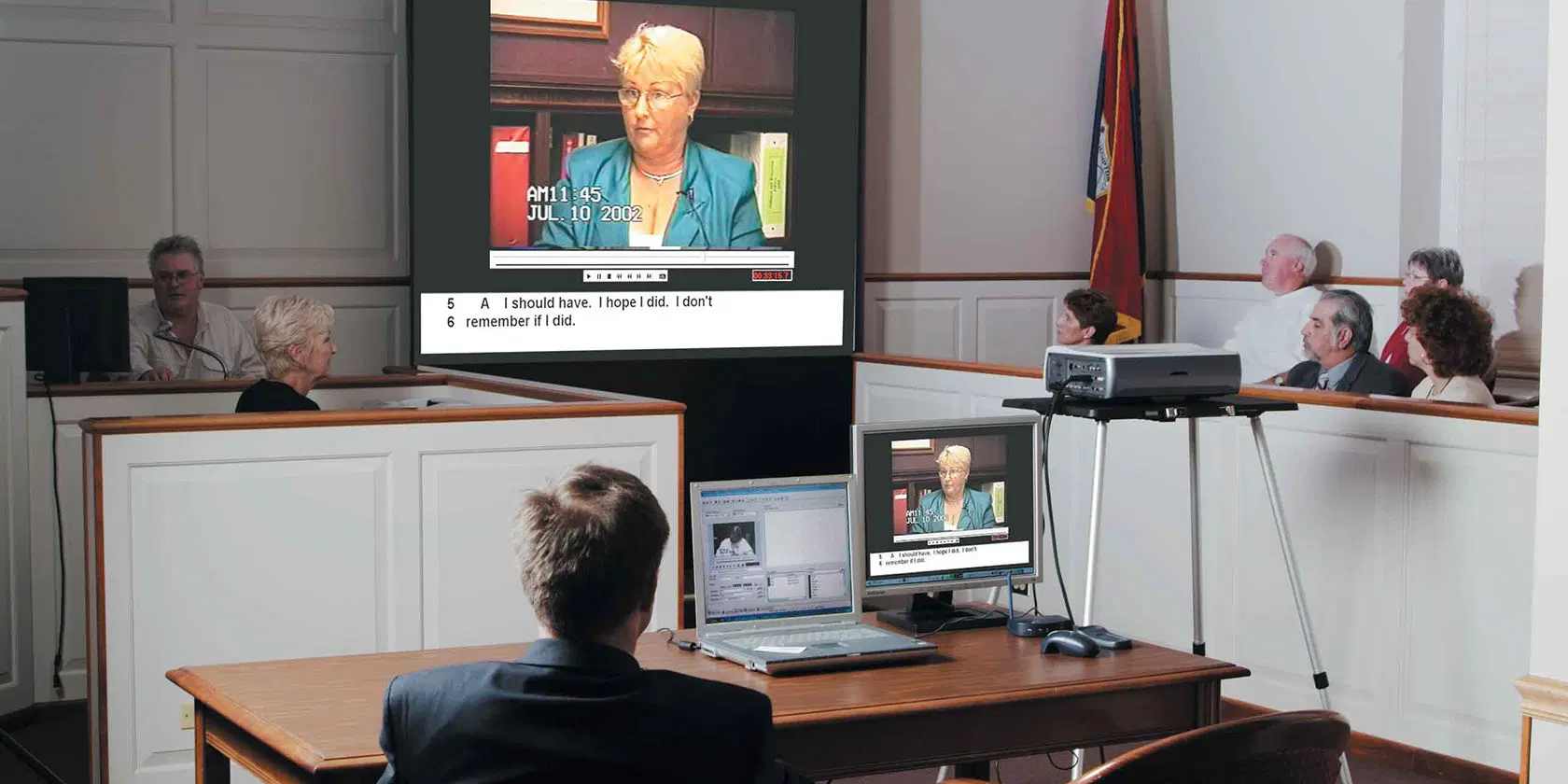Persuasive trial presentations can influence judges and juries.
Persuasive trial presentations can influence judges and juries.
Blog Article
How Test Presentations Enhance Your Disagreement and Persuade Jurors
Test presentations serve as a critical mechanism for enhancing lawful debates and encouraging jurors. The tactical usage of visuals not only clarifies complicated info yet additionally captures jurors' attention more properly than words alone.

Significance of Visual Aids
Visual aids play a critical function in improving the effectiveness of trial discussions, as they can considerably increase audience interaction and retention of info. In the context of a test, where jurors are tasked with handling complicated info, aesthetic help offer to streamline and make clear bottom lines. Graphes, charts, and pictures can convey data and concepts that might or else overwhelm or confuse jurors, enabling a more straightforward understanding of the evidence offered.
Additionally, visual aids assist in maintaining juror focus throughout the process. By breaking the dullness of verbal statement, these devices can stress important debates, making them extra remarkable. Efficient visual aids can additionally stimulate emotional actions, which can be essential in encouraging jurors to straighten with the presenter's narrative.

Crafting Compelling Narratives
An engaging story is vital in trial discussions, as it acts as the backbone of efficient persuasion. It enables lawyers to weave together realities, proof, and psychological elements right into a meaningful story that reverberates with jurors. This narrative structure makes it possible for jurors to recognize the complexities of the situation while guiding them with the lawyer's argument.
To craft a compelling narrative, attorneys ought to concentrate on clarity and comprehensibility. Additionally, the usage of vivid summaries can produce mental images that aid jurors picture the events, making the narrative more memorable.
Moreover, incorporating key themes throughout the presentation reinforces the core message and help in retention - trial presentations. The narrative needs to not only communicate details yet likewise evoke a feeling of justice, highlighting the risks included. Eventually, a well-constructed narrative promotes a connection in between the jurors and the instance, positioning the attorney's debate as both reputable and engaging, therefore raising the possibility of a beneficial verdict

Engaging the Jury Emotionally
Effective court involvement pivots on the lawyer's capacity to get in touch with jurors on a psychological level. This connection can considerably affect jurors' understandings and their best decision-making. Using emotional allures permits attorneys to humanize the case, transforming abstract lawful concepts into relatable experiences. By presenting real-life tales or testimonies, attorneys can stimulate compassion and concern, promoting a much deeper understanding of the issues at risk.
Aesthetic aids, such as pictures or videos, can better improve emotional interaction, offering jurors with brilliant representations of the situation's human elements. Crafting a narrative that YOURURL.com highlights the struggles and accomplishments of the individuals entailed ensures that jurors see beyond the lawful arguments and acknowledge the human effects of their choices.
An attorney's passionate distribution can resonate with jurors, strengthening their emotional investment in the case. It's crucial to stabilize psychological charms with accurate evidence, ensuring that jurors really feel compelled to act while staying based in the reality.
Structuring Your Discussion

The body of the presentation ought to be rationally fractional right into bottom lines, each supported by engaging evidence. It is beneficial to utilize narration methods to weave truths right into a story that jurors can easily comply with. Aesthetic help, such as graphes and videos, can improve comprehension and involvement, aiding to highlight crucial pieces of proof.
Real-World Situation Researches
Examining real-world study gives vital understandings right into the art of trial discussions and persuasion. As an example, the landmark case of "O.J. Simpson v. Individuals of California" shows exactly how aesthetic aids and compelling stories can guide court understandings. The defense see this team properly used a method that combined top-level professional testimonies with multimedia discussions, which captivated jurors and inevitably influenced their choice.
An additional significant example is the "McDonald's Coffee Situation," where the plaintiff's attorneys made use of graphic photos of the injuries sustained by Stella Liebeck. trial presentations. This raw aesthetic proof played an important duty in sharing the extent of her burns, resulting in a significant court award. Such situations demonstrate that impactful test discussions often depend upon the effective assimilation of visuals and storytelling to evoke emotional actions from jurors
In addition, the "Casey Anthony Trial" highlighted the relevance of narrative comprehensibility and integrity. The prosecution's failing to establish an engaging timeline lessened their influential power, emphasizing the requirement of a well-structured presentation. Examining these situations discloses that successful trial presentations need critical planning, psychological interaction, and the ability to resonate with jurors' worths and beliefs.
Conclusion
Trial presentations dramatically enhance disagreements and persuade jurors through the tactical use of aesthetic help, compelling narratives, and emotional involvement. A well-structured discussion balances psychological charms with factual proof, inevitably reverberating with useful source jurors' worths.
Report this page